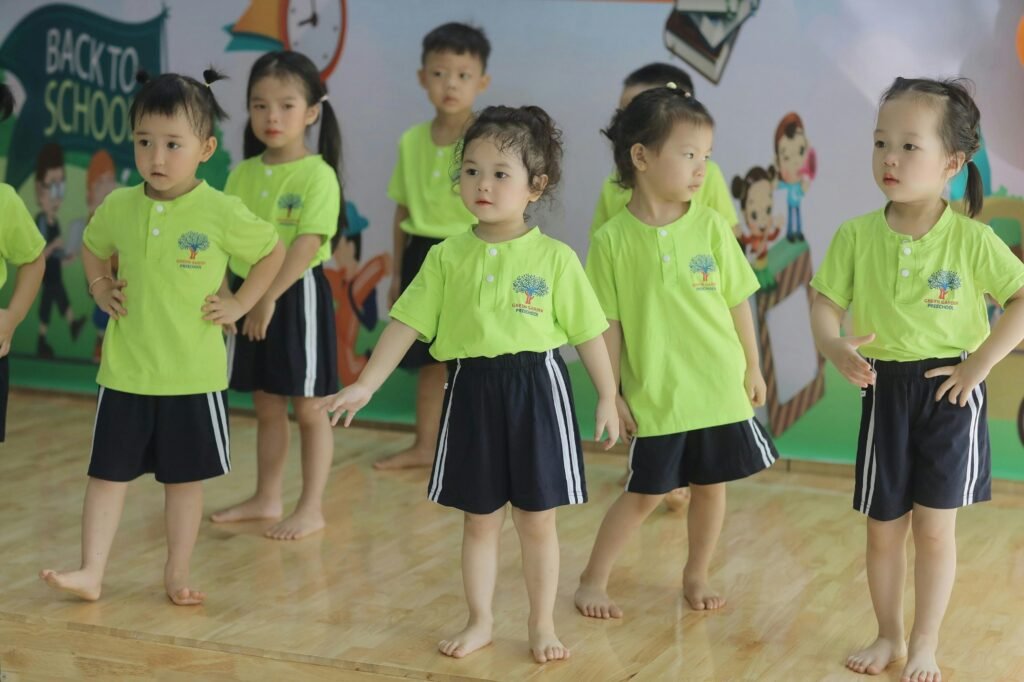
From the famed Kumon method to newer, AI-enhanced reading strategies, Japan’s approach to learning has always balanced structure, repetition, and mindfulness. But in 2025, a resurgence in a lesser-known system — the Kaizen Reading Method — is gaining traction across SEO forums, TikTok study influencers, and student Reddit threads.
Students, educators, and content creators are now swearing by this brain-friendly memory technique that emphasizes active recall, spaced repetition, and reflection journaling — all while slowing down the reading process for maximum retention.
What Is the Japanese Kaizen Reading Method?
“Kaizen” means continuous improvement — and that’s exactly what this method is about. The process includes:
- Preview Reading – Skim the content first. Highlight chapter titles, summaries, and key diagrams. Don’t read in detail yet.
- Active Reading – Read slowly while underlining important concepts. Pause frequently to write a sentence or two in your own words.
- Layered Recall – After every chapter or major section, do a mental recap. Speak it aloud or write a summary in a dedicated memory journal.
- Spaced Repetition Review – Revisit your notes after 24 hours, 3 days, and 7 days. Add visual memory cues or flashcards.
- Teach Back – Explain the topic to a friend or record it. Teaching forces the brain to reconstruct and own the material.
This technique fits perfectly with AI-driven search behavior and long-tail keyword learning, where deeper topic retention is more valuable than shallow skimming.
Why It Works: Backed by Cognitive Science and NLP Trends

Recent neuroscience confirms that memory strengthens when information is:
- Spaced out over time (spaced repetition techniques)
- Recalled actively, not just reread passively
- Linked with visual or emotional anchors
- Taught in your own words
Google’s AI search algorithms now prioritize context, intent, and user engagement — all principles aligned with the Kaizen reading loop.
How It Beats Common Western Reading Techniques
| Popular Study Habit | Kaizen Reading Method |
|---|---|
| Speed reading entire chapter at once | Preview, read, then layer recall over time |
| Highlighting but never reviewing | Highlighting with spaced reviews |
| Passive rereading | Active retrieval + memory journaling |
| Cramming the night before | Mini sessions across 7–10 days |
How Students and Professionals Are Using It Today
Akiko, a 21-year-old university student in Kyoto, memorized 300+ pages of psychology using Kaizen. “I didn’t just memorize — I understood,” she shared on her viral YouTube vlog.
On Reddit’s r/learnprogramming, a senior dev described using the same method to retain syntax changes in multiple coding languages. Business leaders say it helps them recall insights from marketing books without re-reading them.
Is It Applicable to English Speakers?
Absolutely. The Kaizen method has no language barrier. To try it, you only need:
- A book or PDF
- A notebook or Notion/Google Docs
- Google Calendar for spaced repetition alerts
- A curious mindset, not a rush
Long-tail searches like “how to remember what I read” or “retention hacks for exams” have surged in 2025 — and the Kaizen method hits both search intent and user experience goals.
The Rise of Kaizen Study Content on Social Media

- On TikTok, the hashtag #KaizenStudyMethod has over 3 million views.
- On YouTube, “Kaizen reading loop” study vlogs are gaining 100K+ views in under 30 days.
- On Instagram, productivity creators are posting reels comparing memory retention before and after.
This content trend reflects a larger SEO shift: Google is favoring pages with intent-aligned, helpful, behavior-backed content.
Final Thoughts: SEO Meets Neuroscience
In a world where content is everywhere, the real advantage is in retention — not just access. Japan’s Kaizen memory technique is proof that slow, mindful learning can go viral when it’s rooted in real improvement.
Whether you’re a student, creator, or lifelong learner, this is a chance to switch from information overload to meaningful mastery. And in a post-AI era, human depth — not just clicks — might be your biggest ranking factor.



